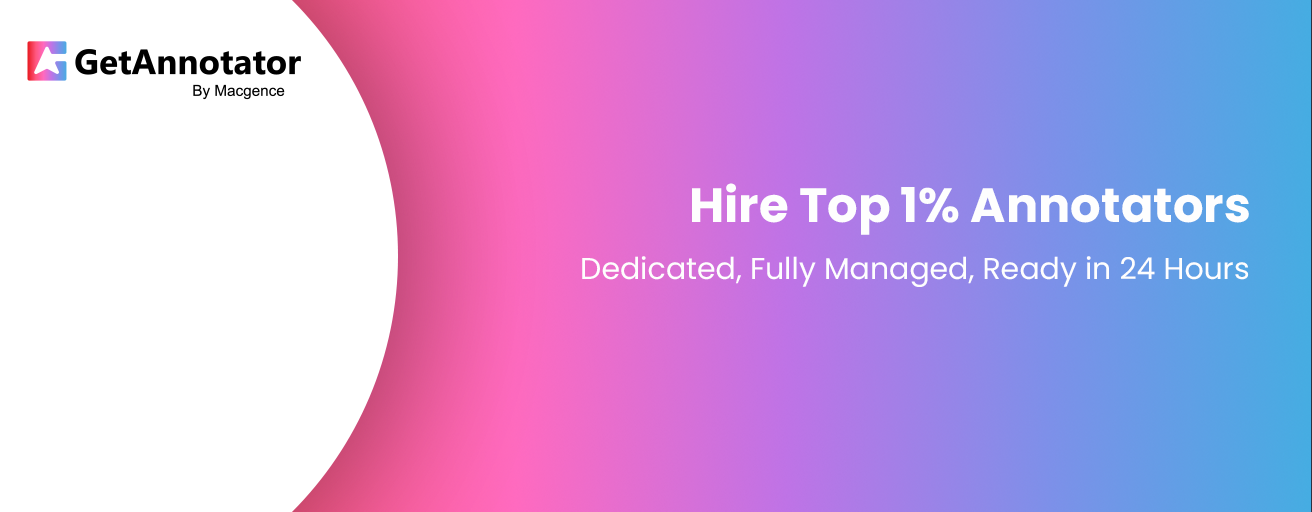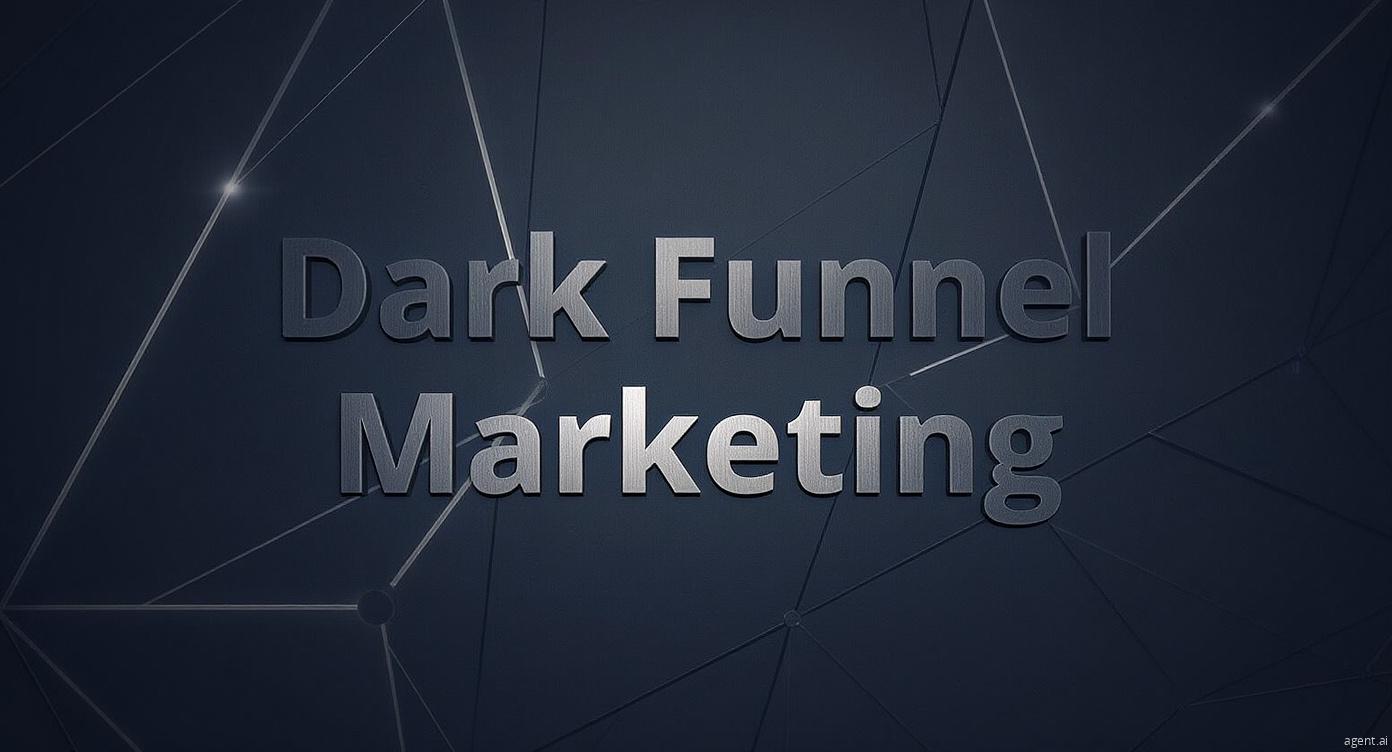High-quality data is the engine of any successful AI or machine learning project. But getting that data annotated correctly can be a major bottleneck. The challenge isn’t just finding affordable annotators; it’s finding ones who deliver consistent, accurate work without derailing your project timeline or budget.
Many teams learn the hard way that “cheap” annotation often leads to expensive mistakes. Poorly labeled data can compromise your entire model, forcing you to spend valuable time and resources on rework. This leaves many project leaders asking the same question: where can you hire low-cost annotators who don’t sacrifice quality?
The answer isn’t as simple as picking the cheapest freelancer from a marketplace. A truly cost-effective approach requires understanding the hidden costs and focusing on total value, not just the hourly rate. This guide will walk you through how to find that perfect balance, ensuring your AI project is built on a solid foundation of high-quality, accurately labeled data.
Defining “Low-Cost” Annotation
The term “low-cost” can be misleading. It doesn’t mean finding someone willing to work for a few dollars an hour, regardless of skill. That approach is a recipe for disaster, leading to inaccurate labels, project delays, and wasted resources. True low-cost annotation is about achieving the best possible value for your investment.
This means finding skilled annotators who deliver accurate work at a reasonable price, without the hidden overhead of constant management, quality control, and rework. Think about the total cost per accurate annotation, not just the hourly wage. An experienced annotator who costs more per hour but delivers 95% accuracy on the first pass is far more cost-effective than a cheaper alternative who requires constant supervision and whose work needs to be redone.
Key Factors Affecting Annotation Costs
Several variables influence the price of data annotation. Understanding them will help you budget effectively and make smarter hiring decisions.
Annotator Skill Level and Domain Expertise
A seasoned annotator with specialized knowledge in a field like medicine or law will naturally command a higher rate than a generalist. For complex tasks, investing in expertise is crucial for accuracy and is often cheaper in the long run.
Data Complexity
The type of data you need annotated significantly impacts the cost. Simple 2D image annotation, like drawing bounding boxes around cars, is less expensive than intricate tasks like semantic segmentation of medical scans or labeling 3D LiDAR point clouds for autonomous vehicles.
Quality Control Requirements
The level of accuracy your project demands will affect the price. Projects requiring 99%+ accuracy need multi-level review processes and more experienced annotators, which increases costs. Be realistic about your needs; not every project requires near-perfect labels.
Project Management Overhead
If you hire freelance annotators directly, you’ll need to factor in the cost of your own team’s time for project management. This includes creating guidelines, answering questions, reviewing work, and providing feedback. Managed annotation services bundle this into their price, which can save you significant internal resources.
Tool and Platform Fees
Annotation often requires specialized software. Some platforms charge licensing fees per user, while others build the cost into their service price. If you bring your own tools, you might save on platform fees but will be responsible for their setup and maintenance.
Geographic Location of Annotators
Annotator rates vary widely depending on their location. Professionals in North America and Western Europe typically have higher hourly rates than those in regions like Southeast Asia, Eastern Europe, or Africa. Outsourcing to lower-cost regions is a common strategy, but it requires careful management to ensure quality and clear communication.
Where to Find Low-Cost Annotators
You have several options for sourcing annotation talent, each with its own pros and cons.
- Freelance Marketplaces: Platforms like Upwork and Fiverr offer a massive pool of individual annotators at various price points. This option provides flexibility but puts the burden of vetting, hiring, managing, and quality control entirely on you. It can be a gamble, but it works for small, non-critical projects where you have ample time for supervision.
- Crowdsourcing Platforms: Services like Amazon Mechanical Turk allow you to distribute micro-tasks to a large, global workforce for very low per-task costs. This model is best for simple, high-volume tasks like basic image classification. However, quality can be inconsistent, and it’s not suitable for complex or sensitive data.
- Offshore Annotation Companies (BPOs): Business Process Outsourcing firms, often located in countries like India or the Philippines, provide managed teams of annotators. They typically handle project management and quality control, offering a more hands-off experience. This can be a reliable option for large, ongoing projects, but be wary of hidden fees, communication barriers, and long onboarding times.
Balancing Cost with Quality
Chasing the lowest hourly rate is a common mistake that can cost you more in the long run. Instead, focus on strategies that deliver high-quality results at a reasonable price.
First, create crystal-clear annotation guidelines. Provide detailed instructions with plenty of examples of both correct and incorrect labels. The less ambiguity there is, the lower the chance of errors.
Next, implement a robust quality control process. This could involve having a senior annotator review a sample of the work or using a consensus model where multiple annotators label the same data. Start with a small, paid test project to evaluate potential annotators before committing to a larger contract. This small upfront investment can save you from a costly hiring mistake.
Finally, invest in good communication. Regular check-ins and a clear channel for questions can prevent small misunderstandings from turning into major quality issues. When annotators feel like part of the team, they are more invested in the project’s success.
Focus on Value, Not Just Price
The search for low-cost annotators shouldn’t be a race to the bottom. The cheapest hourly rate rarely translates to the most economical outcome. When you factor in the costs of management, rework, and project delays, “cheap” can quickly become expensive.
A smarter approach is to seek value. Look for partners or platforms that offer a blend of reasonable pricing, vetted talent, and built-in quality control. By focusing on the total cost per accurate annotation, you can build a reliable data pipeline that supports your AI development goals without breaking the bank. Your model’s performance depends on it.


